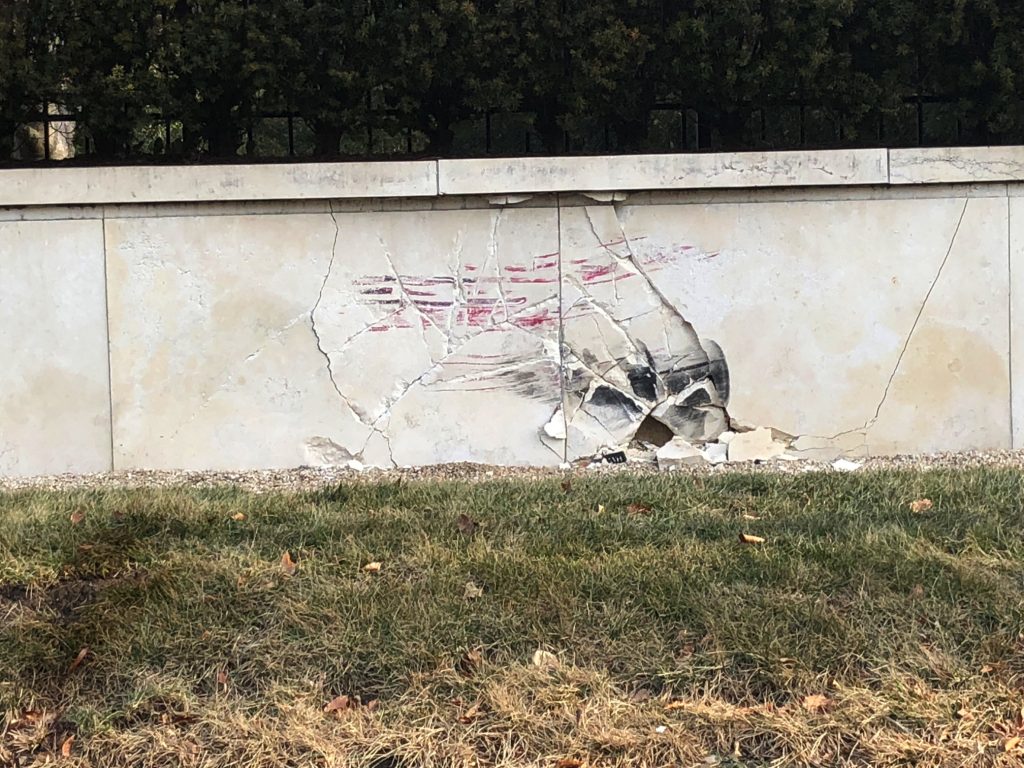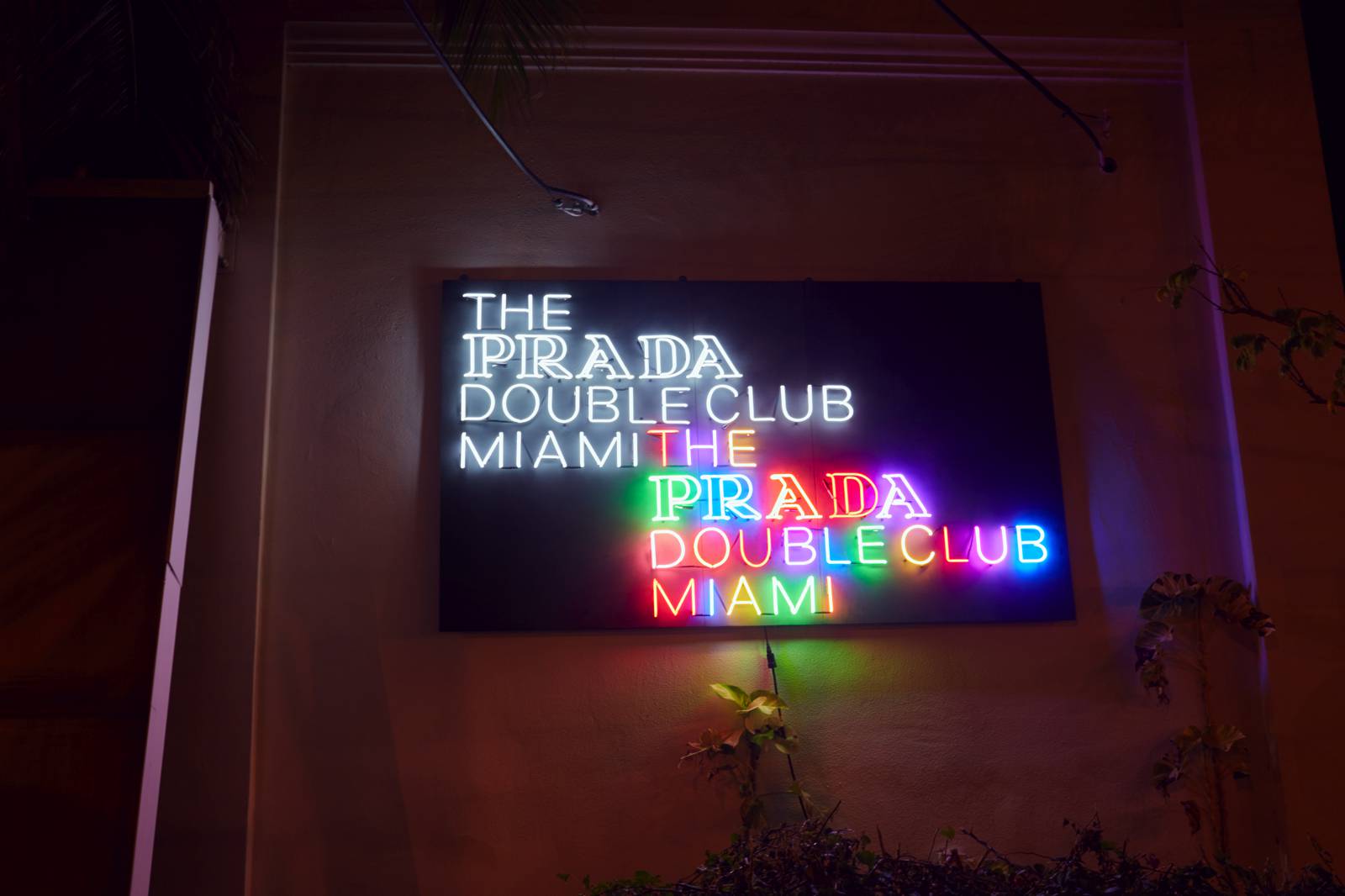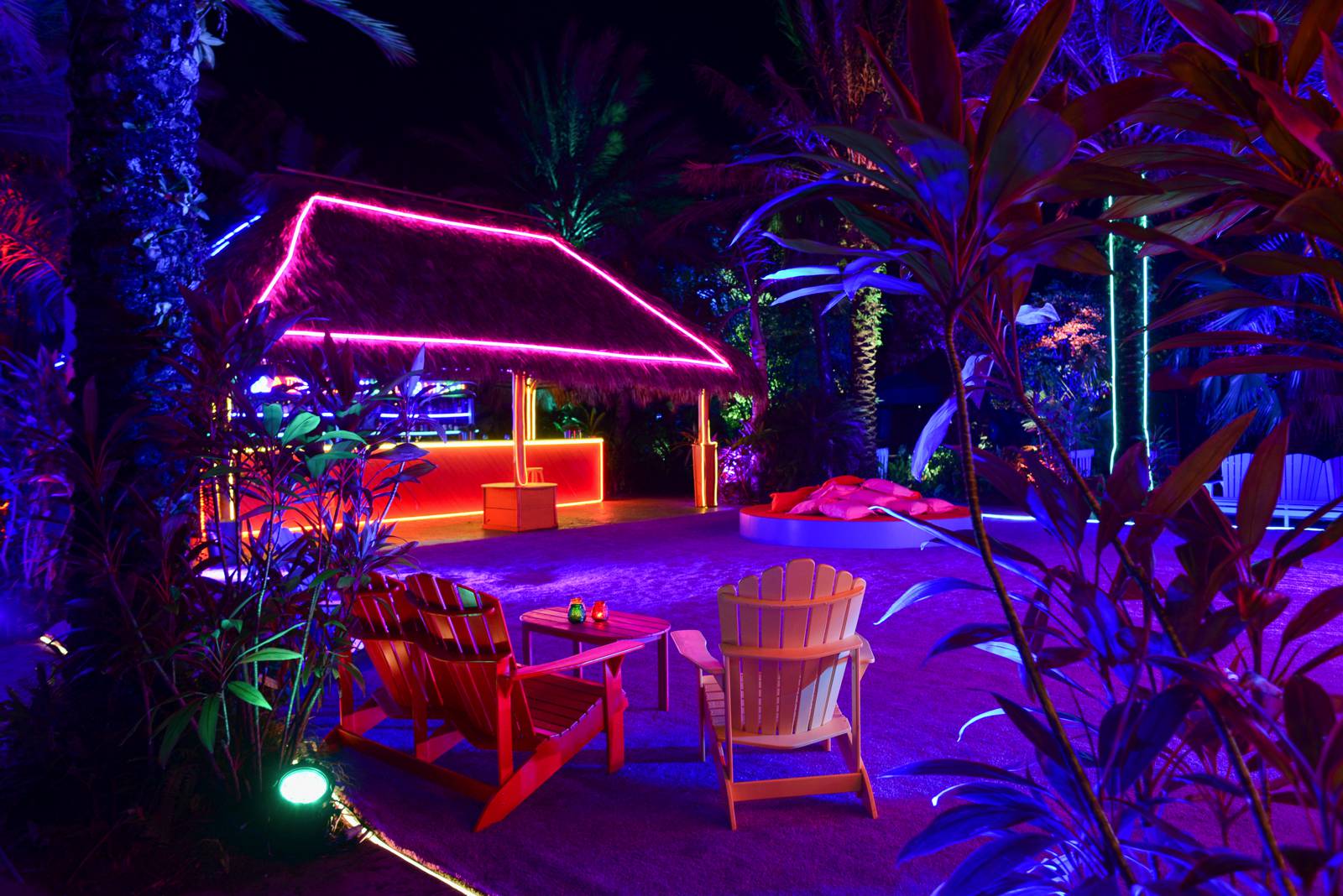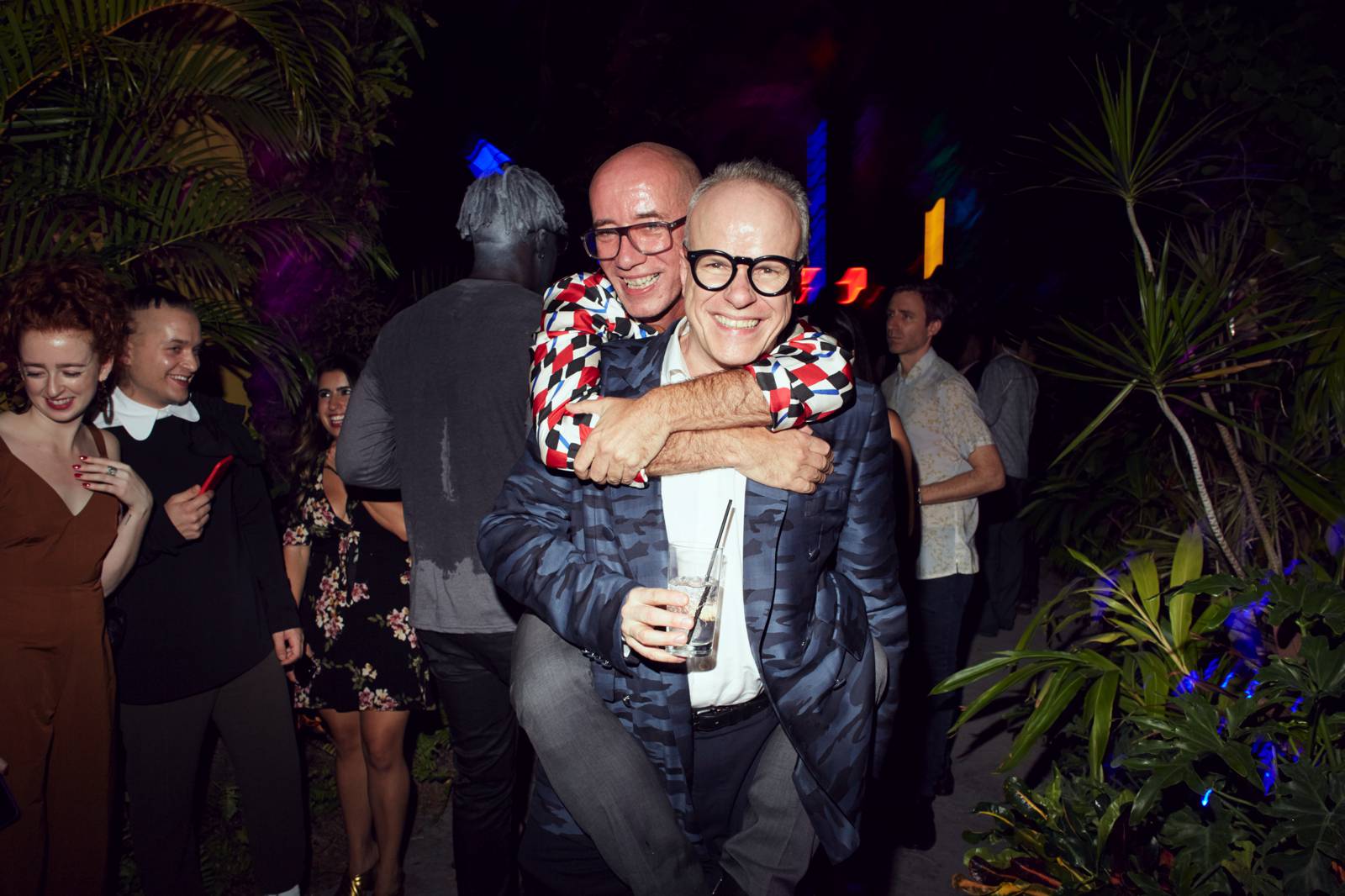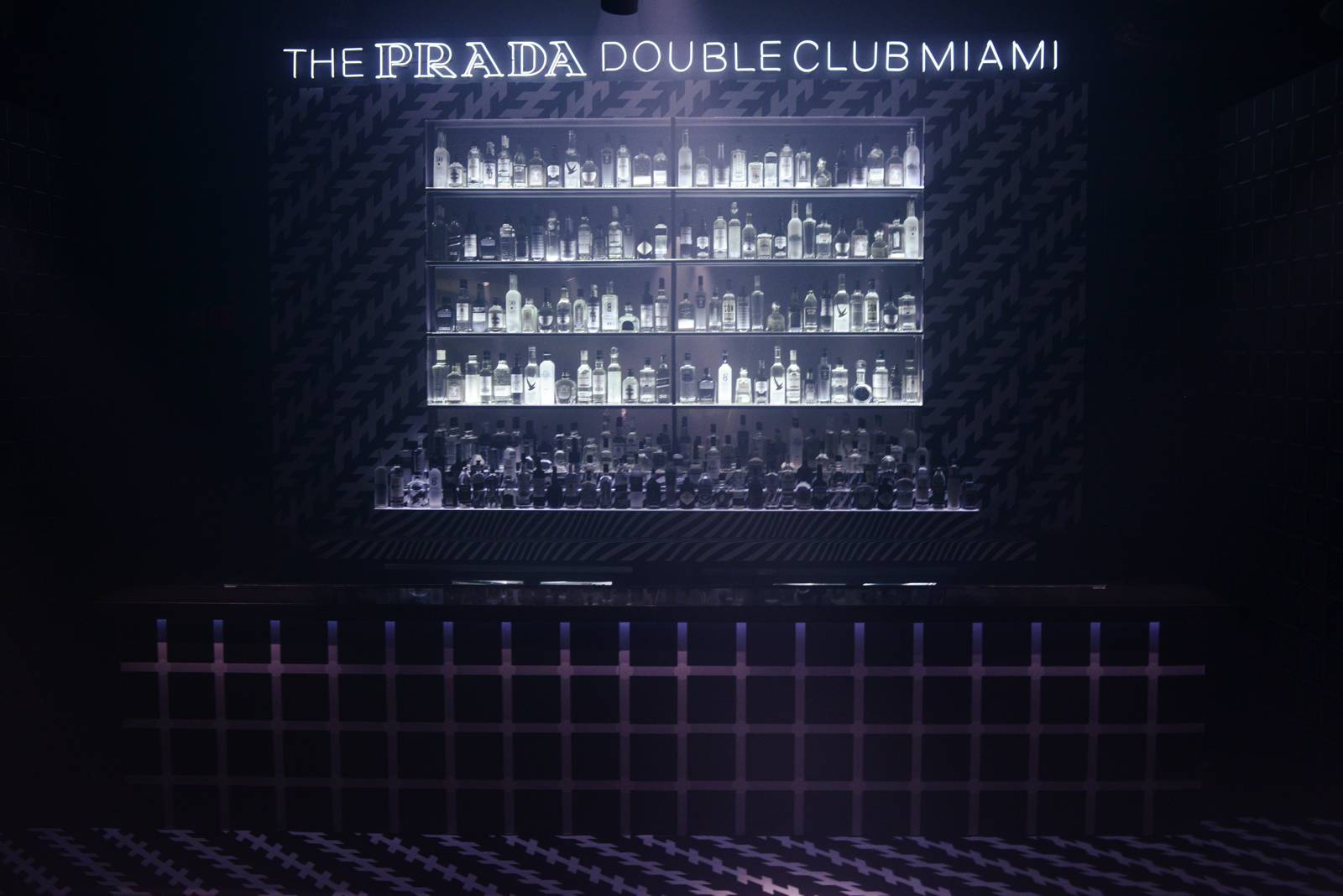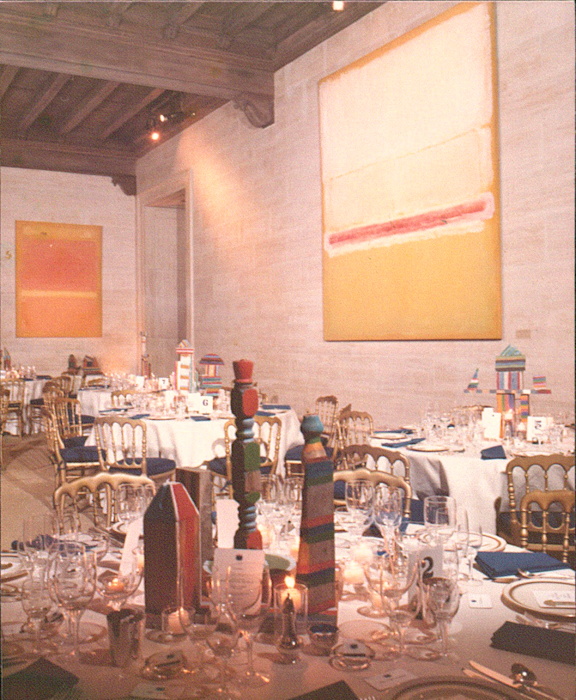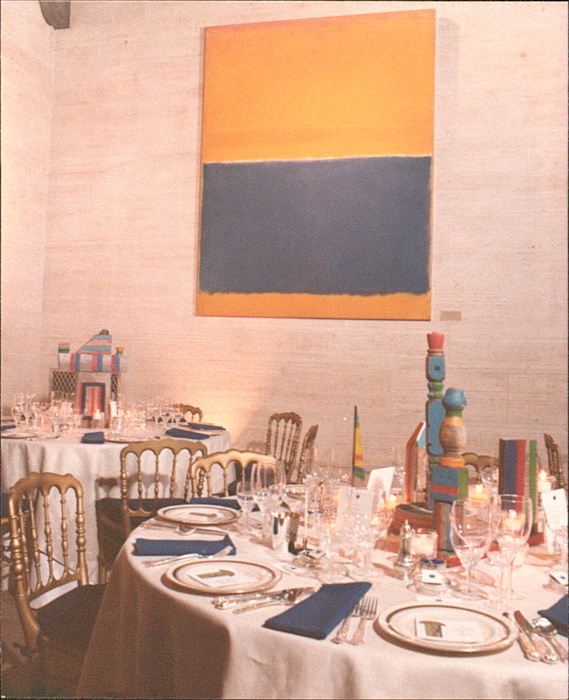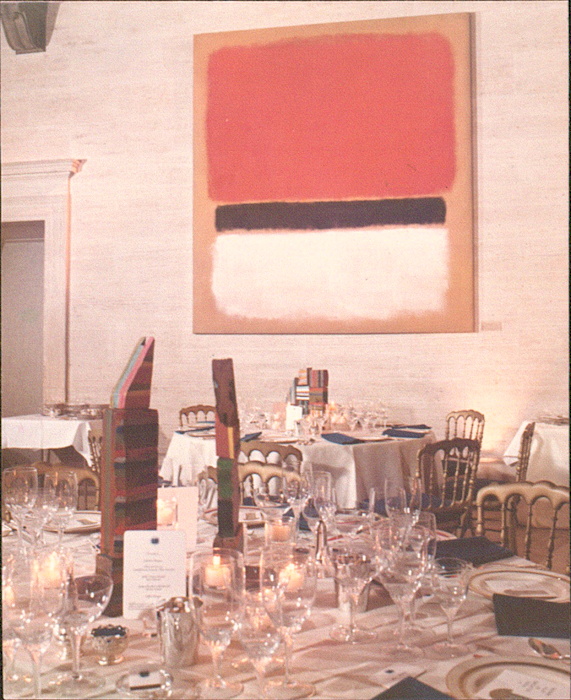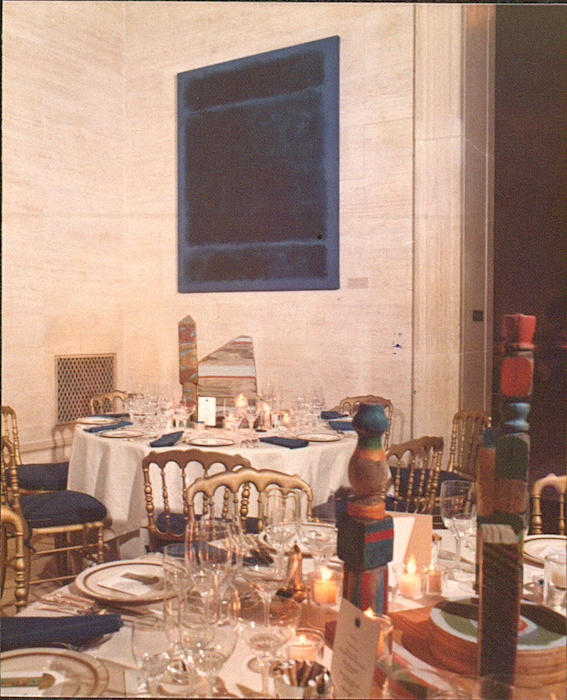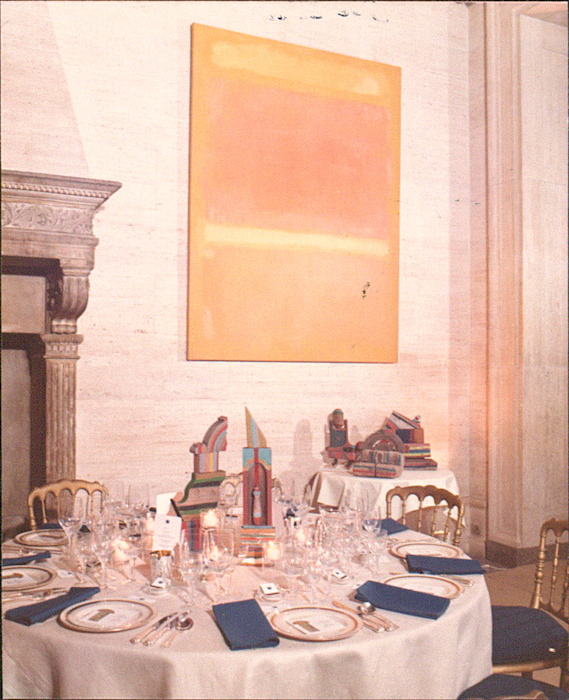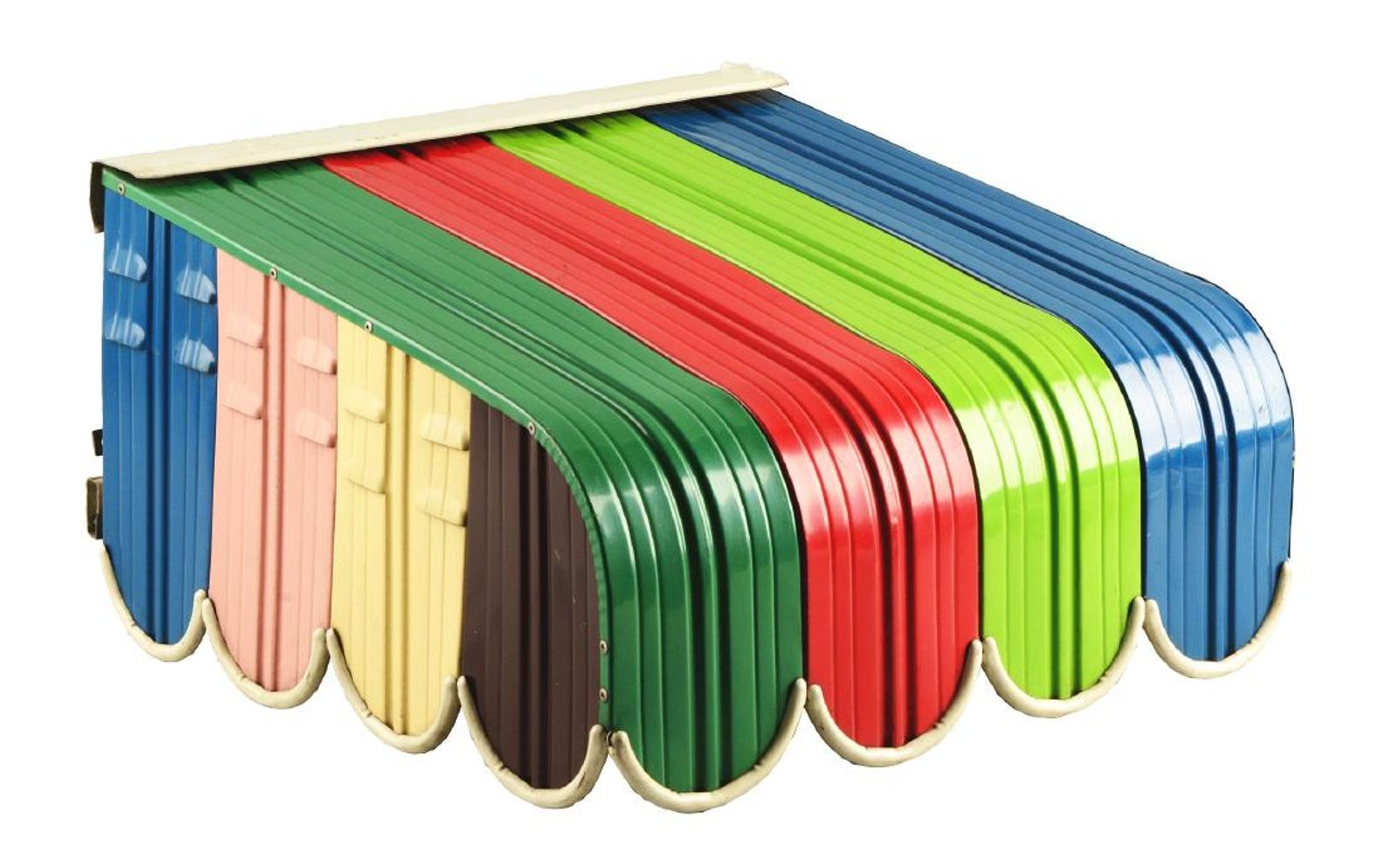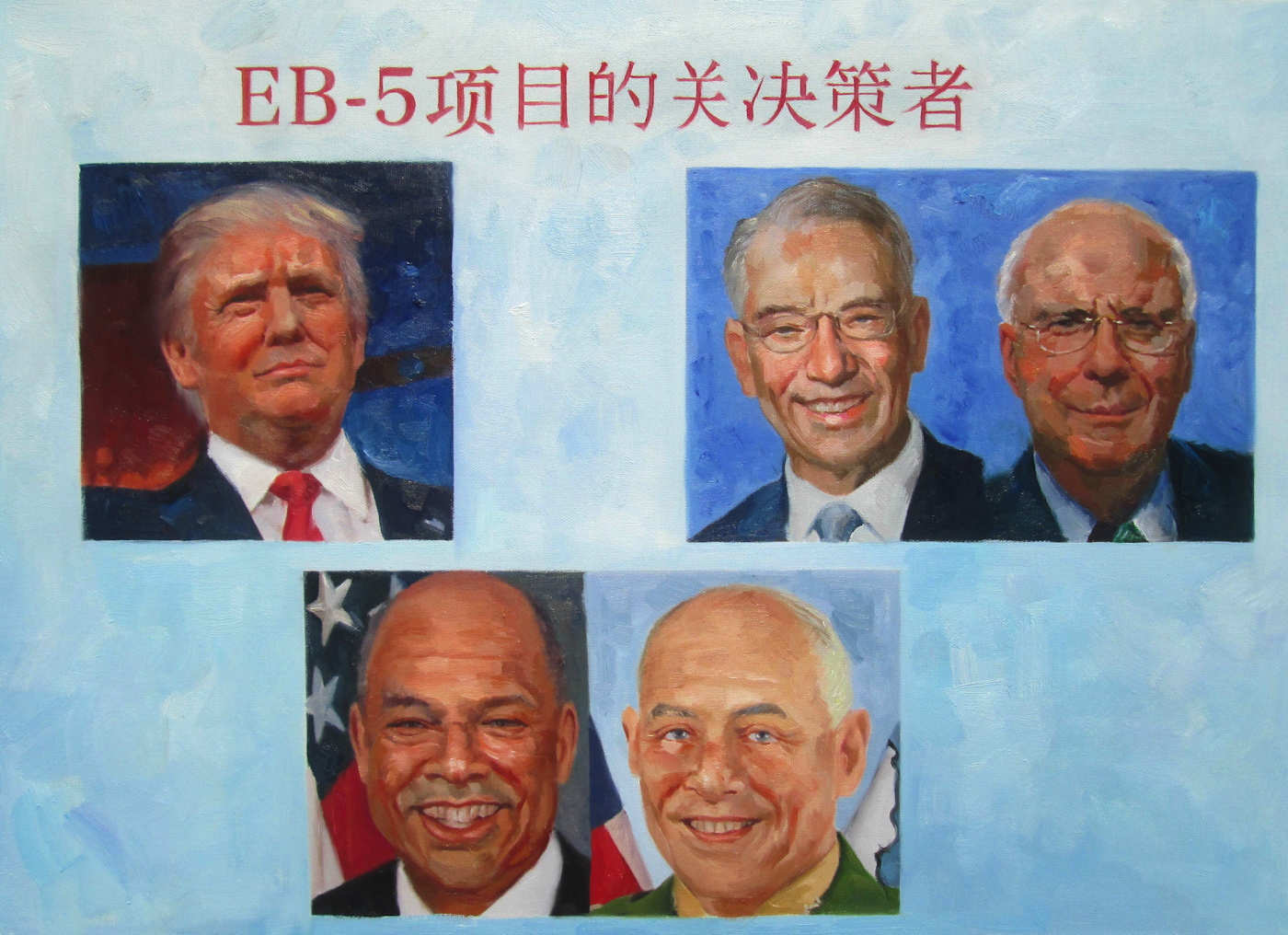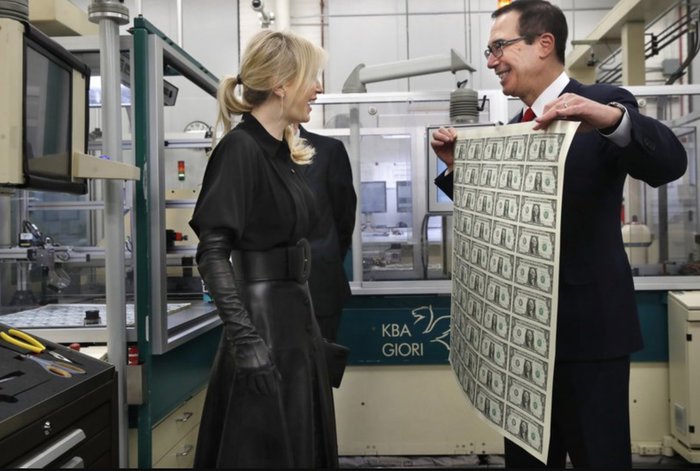
In 1991 the artist David Hammons was invited by Mary Jane Jacobs to create a site-specific work in Charleston, South Carolina for a new, visual arts program linked to the Spoleto Festival. Jacobs had patterned the exhibition, “Places With A Past”, after the Skulptur Projekt Münster. Spoleto founder Gian Carlo Menotti hated the whole thing; the exhibition divided the board and got the director fired (he came back a couple of years later, after Menotti quit), but the show’s art historical reputation has only grown.
That said, Hammons’ is the only one of 61 installations left standing, thanks in large part to his early decision to collaborate with Albert Alston, a local builder, who seems to have maintained and championed the work over the ensuing 27 years.
Hammons and Alston built House Of The Future on a vacant, city-owned lot on Charleston’s segregated East Side using architectural fragments and materials from renovation and demolition projects nearby. It is a 6×20-foot teaching model of Charleston’s signature style, with labels for each component. At some point, a young, local artist used the ground floor as studio space, and Alston oversaw other public programmatic uses. On the back of the House, Hammons painted a quote from African American writer Ishmael Reed:
The Afro-American has become heir to the myths that it is better to be poor than rich, lower class than middle or upper, easy going rather than industrious, extravagant rather than thrifty, and athletic rather than academic.
[Though Reed gets–and takes–credit for the quote, it seems that it actually originates with musician/composer/sociologist Ortiz Walton. Reed quoted Walton’s critical history of cultural exploitation, Music: Black, White & Blue in a 1973 review for Black World Magazine. Reed & Walton seem to have been frequent collaborators and interlocutors, so maybe this is one more of those Hammons/Alston situations. In any case, the quote itself was criticized by some in the community, and it has disappeared and reappeared from the wall of House Of The Future with various repaintings. According to an unrelated 1995 lawsuit by a disgruntled muralist, though, it was integral to the community’s embrace of the installation that helped preserve it after the Spoleto Festival ended.]
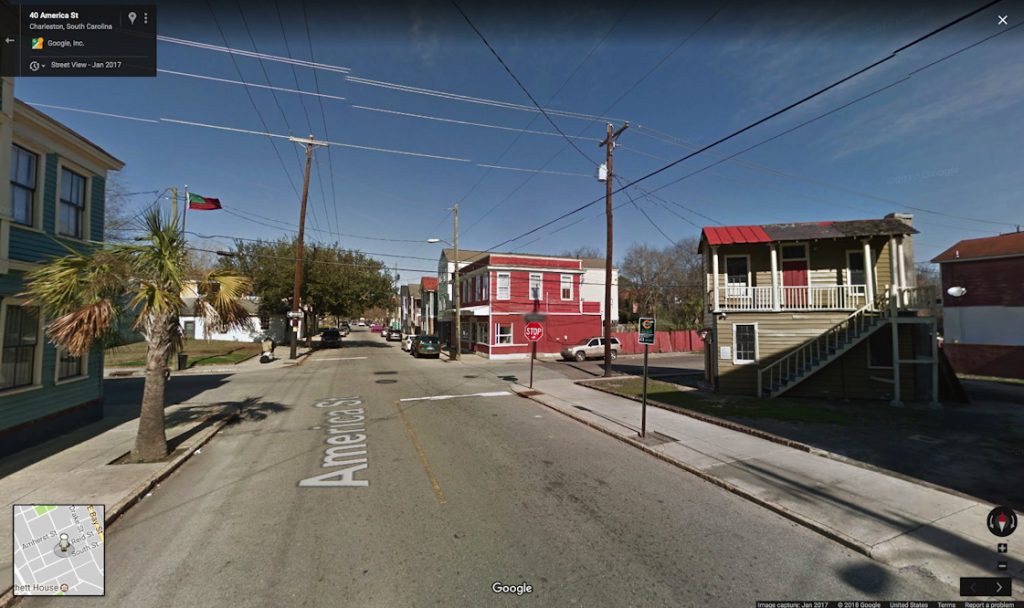
At some point after the May 1991 opening of “Places With A Past”, Hammons’ second element was realized kitty corner from House of The Future. America Street is a small, grassy bump of a park on another vacant lot, where Hammons’ iconic African American Flag flies from atop a 40-foot pole. A black and white photo of a group of children looking up, as if at the flag, filled a sidewalk-scale billboard that had previously featured ads for liquor and Newports. From this 1996 account of the Spoleto fallout over “Places With A Past”, it sounds like the works survived some entropy, if not straightup neglect. But both the flag and the picture have been replaced over the years.
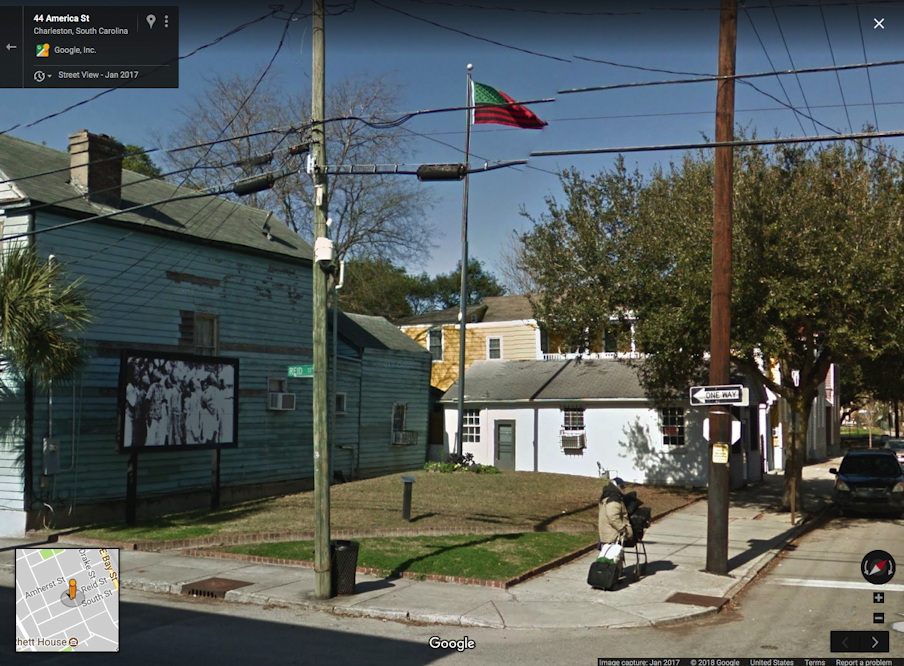
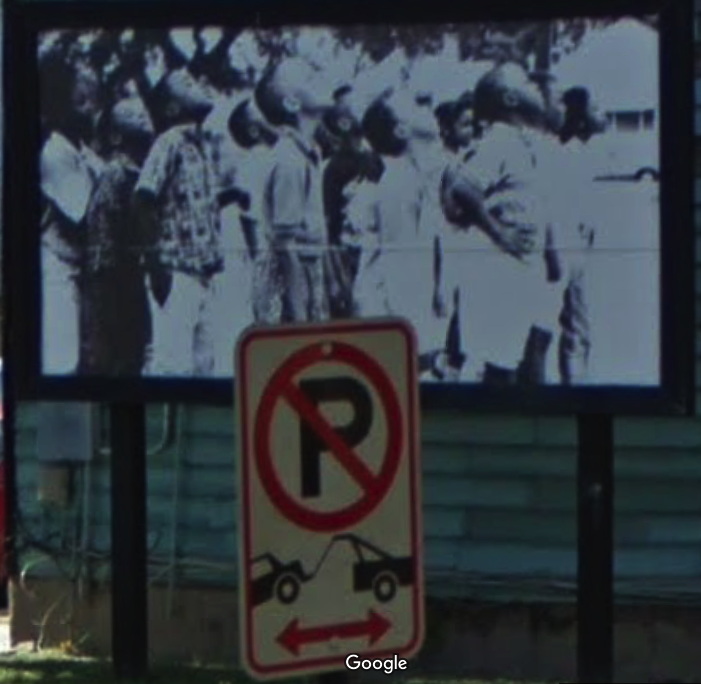
I have not visited Hammons’ piece(s), except in Google Street View. The first thing I noticed was they differed in appearance from the historical photos. I realized GSV’s own decade of historical imagery is useful here, for marking the changes this tiny house and its neighborhood have undergone.
Clicking through the changes wrought by time on a piece of Southern vernacular architecture, I immediately thought of the work of my late neighbor, the photographer William Christenberry. He would travel back to his native Alabama year after year for decades, photographing the same houses, churches, and stores, usually documenting their deterioration and subsumption by kudzu.
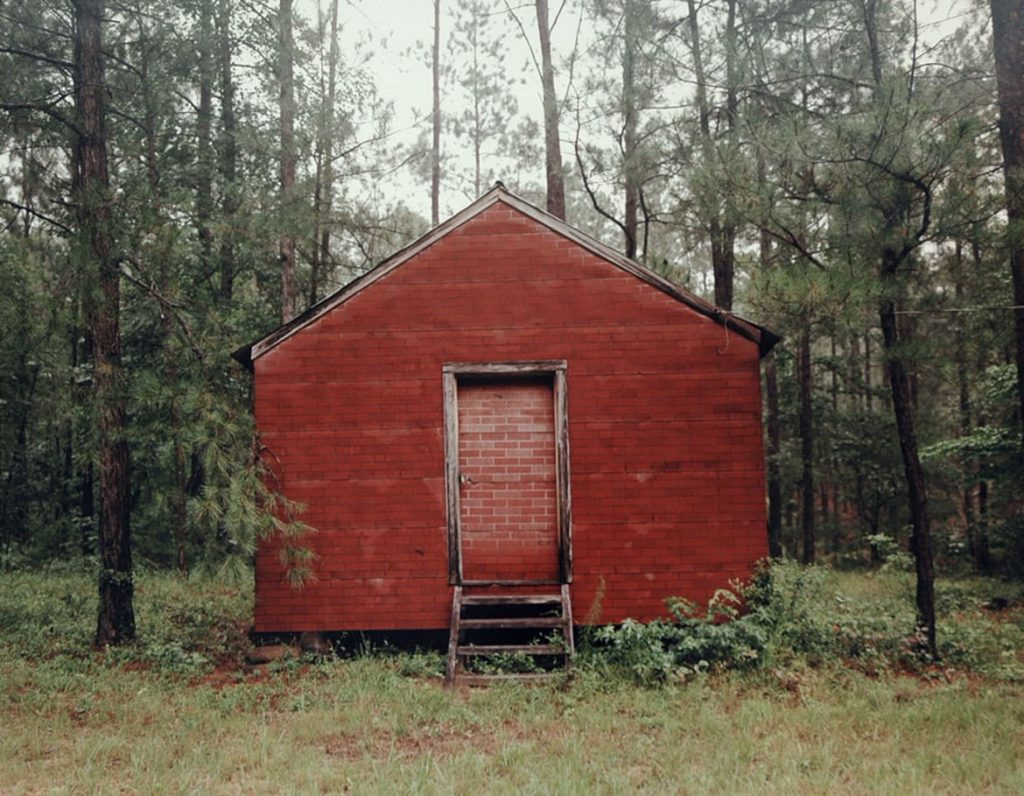
What I was seeing in Hammons’ and Alston’s piece was the opposite: a structure built from the castoffs of renovation and gentrification, surviving thanks to a small but persistent maintenance effort. And through it all, year in and year out, no matter the storms or racial strife that battered some other flags in South Carolina, Hammons’ star-spangled banner is still there.
In the spirit of Christenberry, I decided to make some historic GSV printsets [prints of screenshots; GSV is a screen medium] of Hammons’ and Alston’s House Of The Future and America Street. I’ve followed Christenberry’s format, but I’m skipping the traditional photographer’s approach of making editions of a bajillion in a thousand sizes. Each set of 7-9 images is printed small (8×10 in.), in an edition of 2, plus 1 AP: one for you, one for the museum, one for me. Because srsly, why overthink it? If anyone actually wants to buy them, I turn into some kind of crazed Amazon artworker pick&packing prints all day? Hard pass right now, thanks. If you don’t move in time to get it, just make your own.
All the pics are after the jump.
Continue reading “44 America: David Hammons’ House Of The Future & America Street, 2007-2017, 2018”


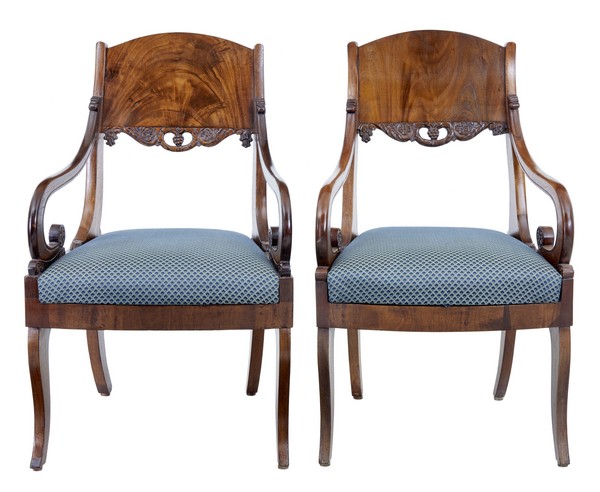
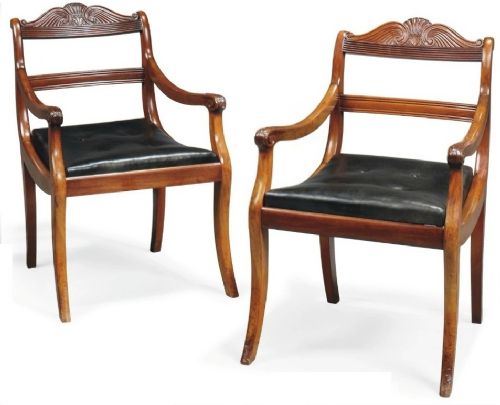
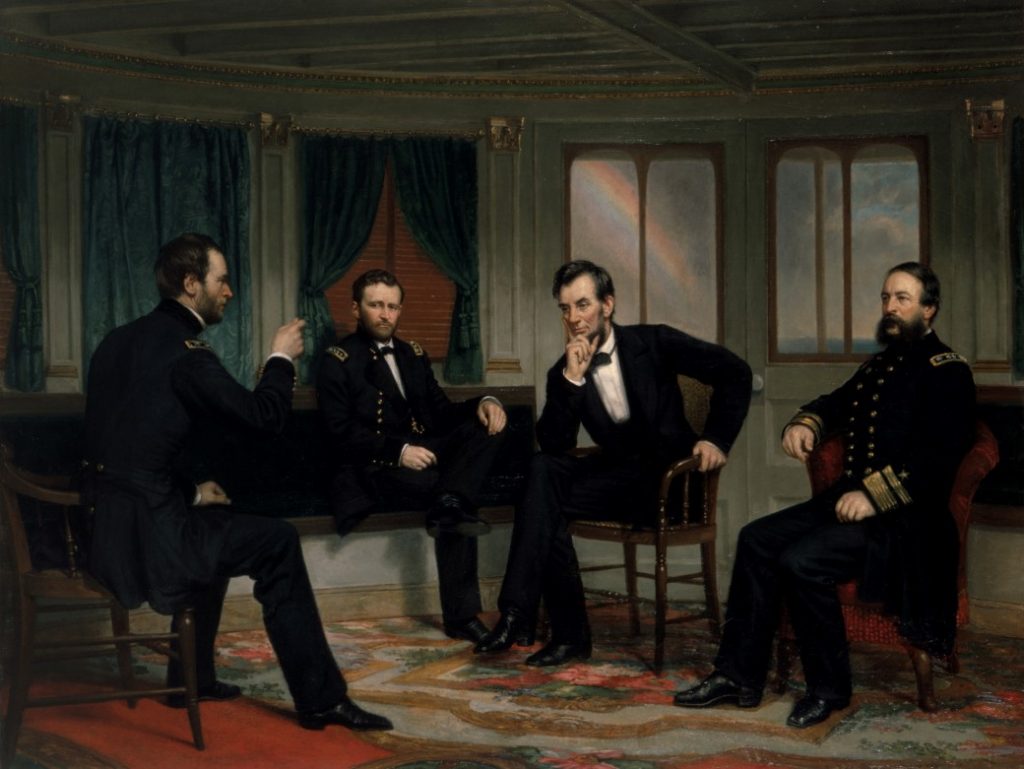
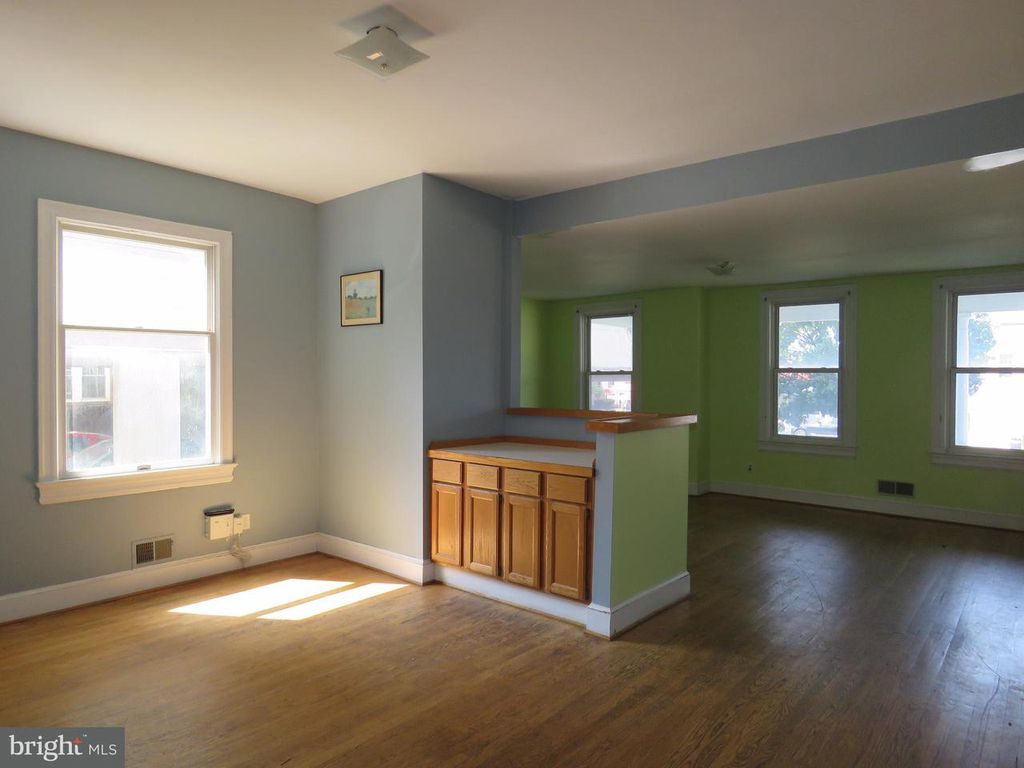
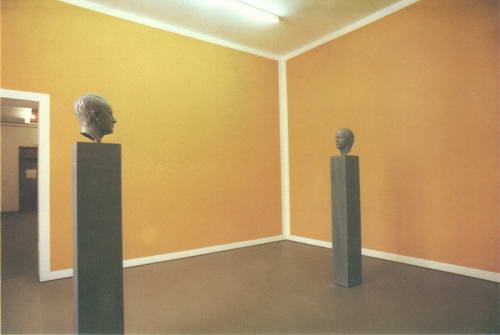
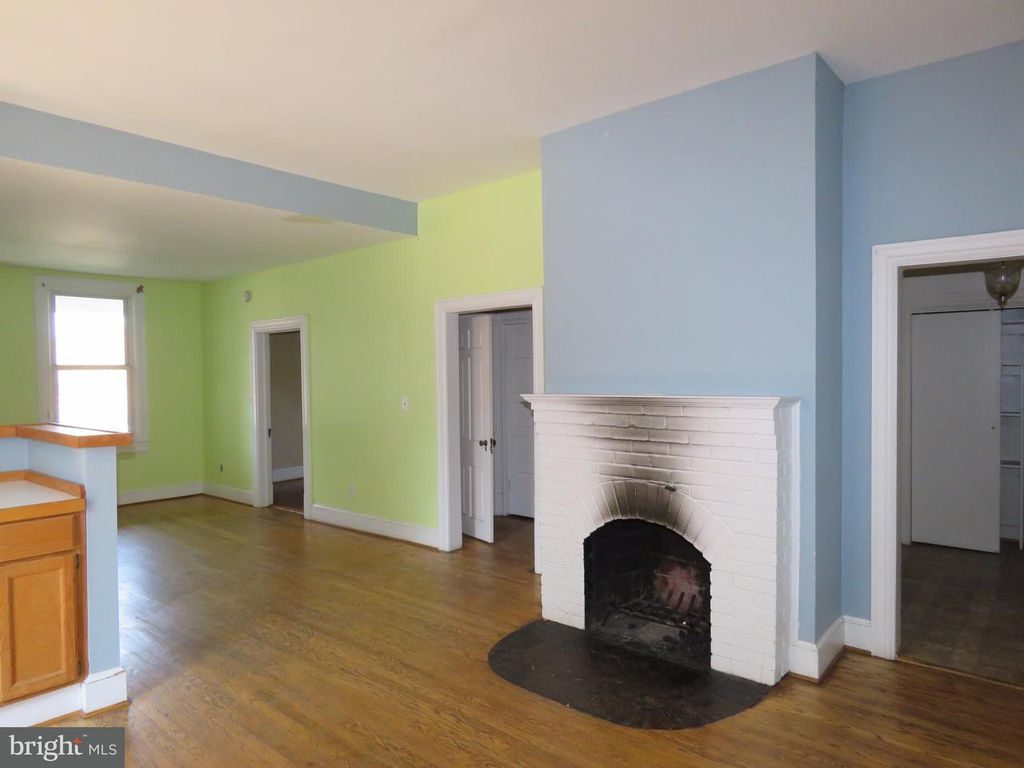
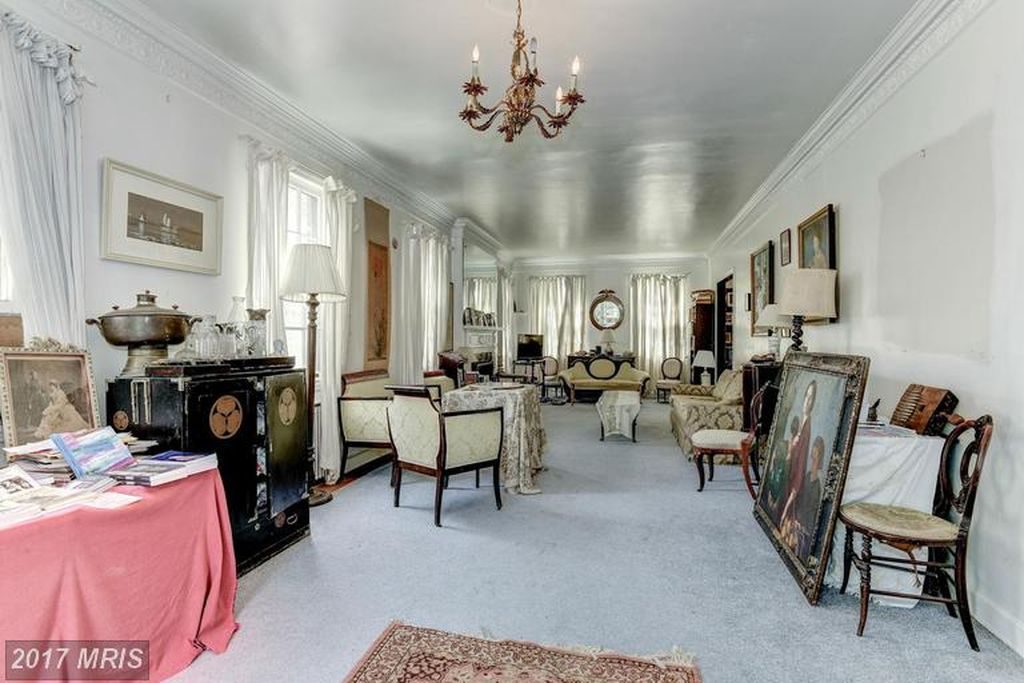
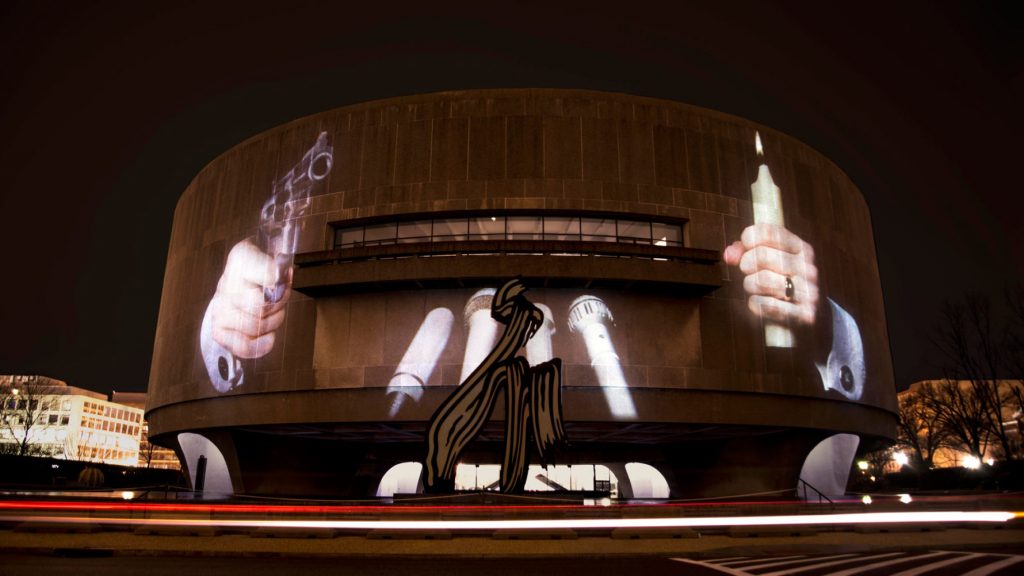
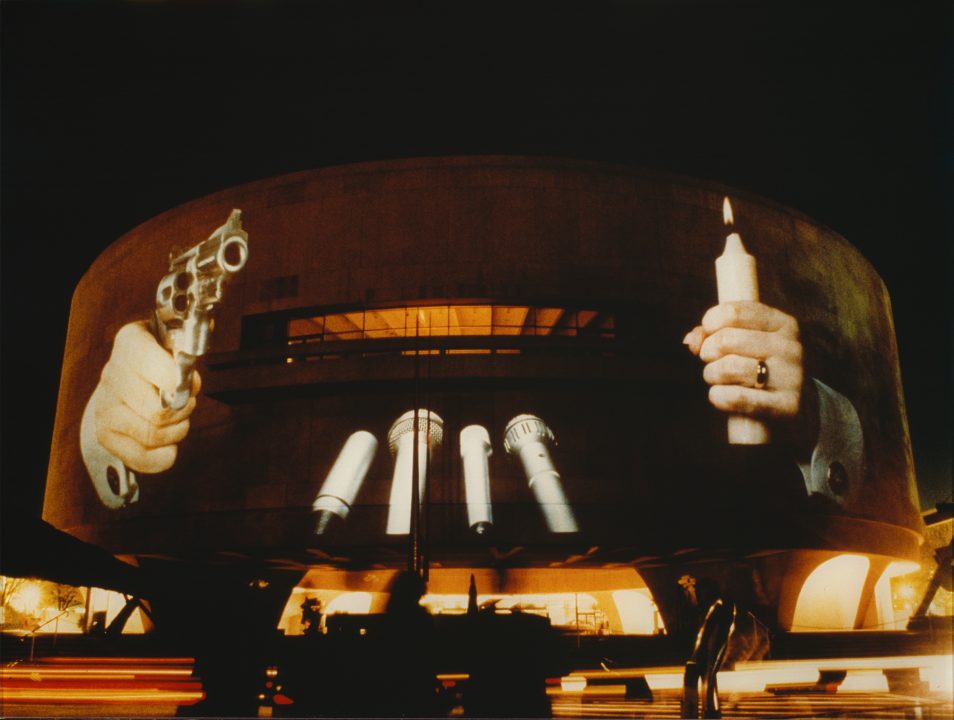


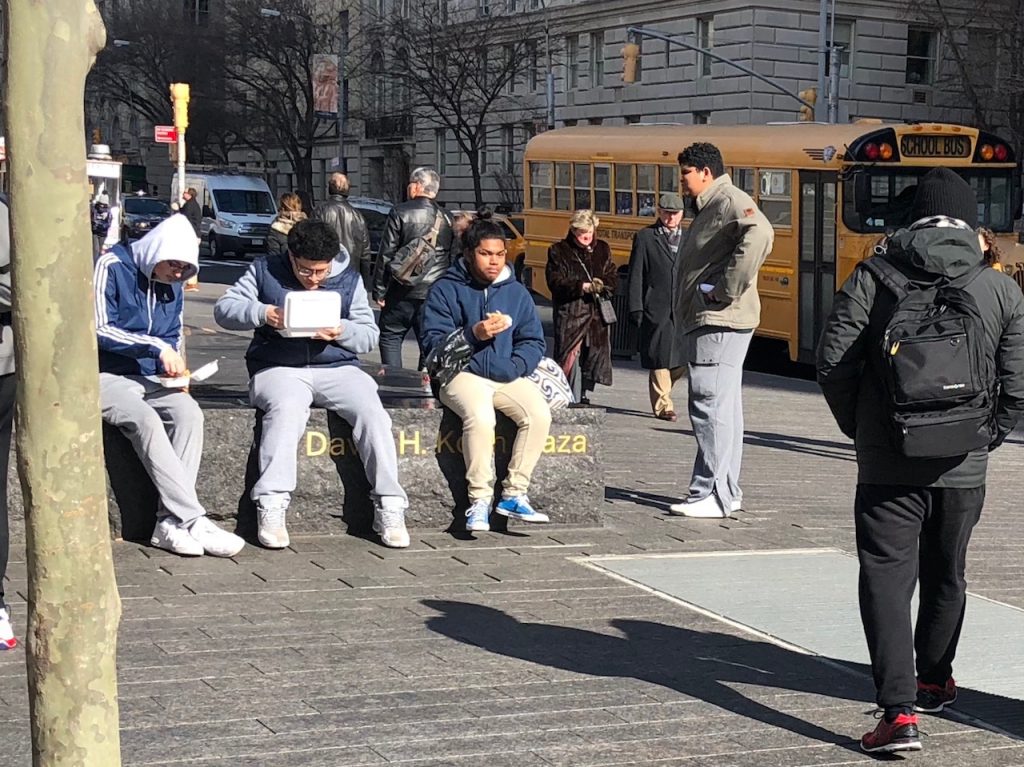
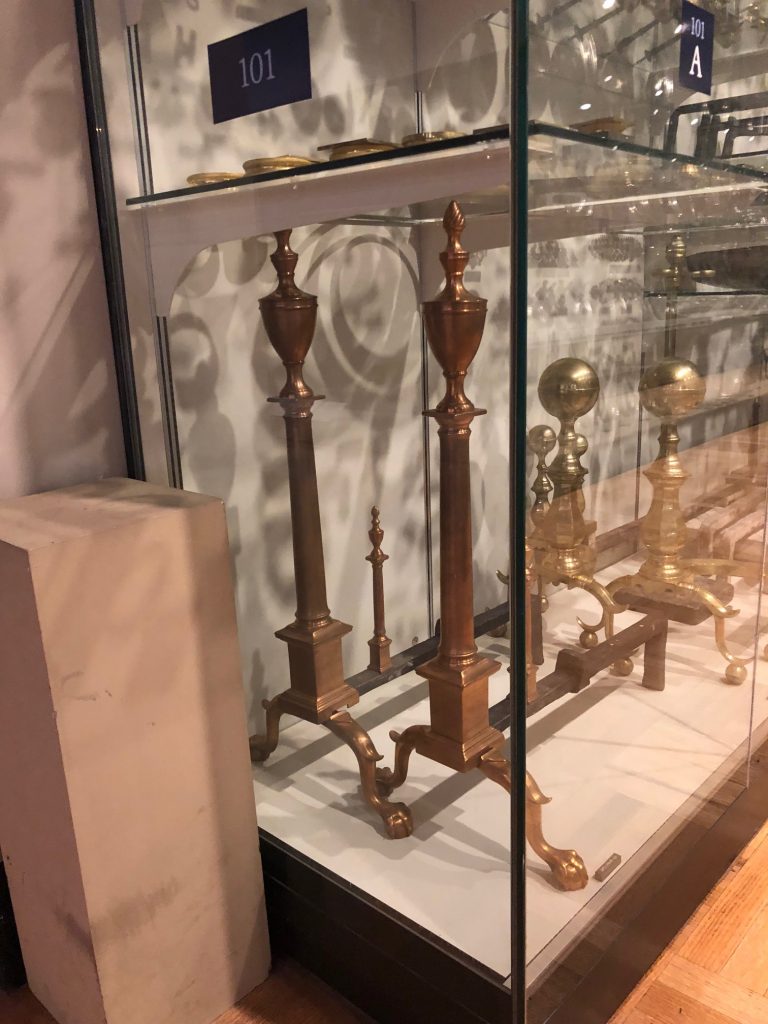
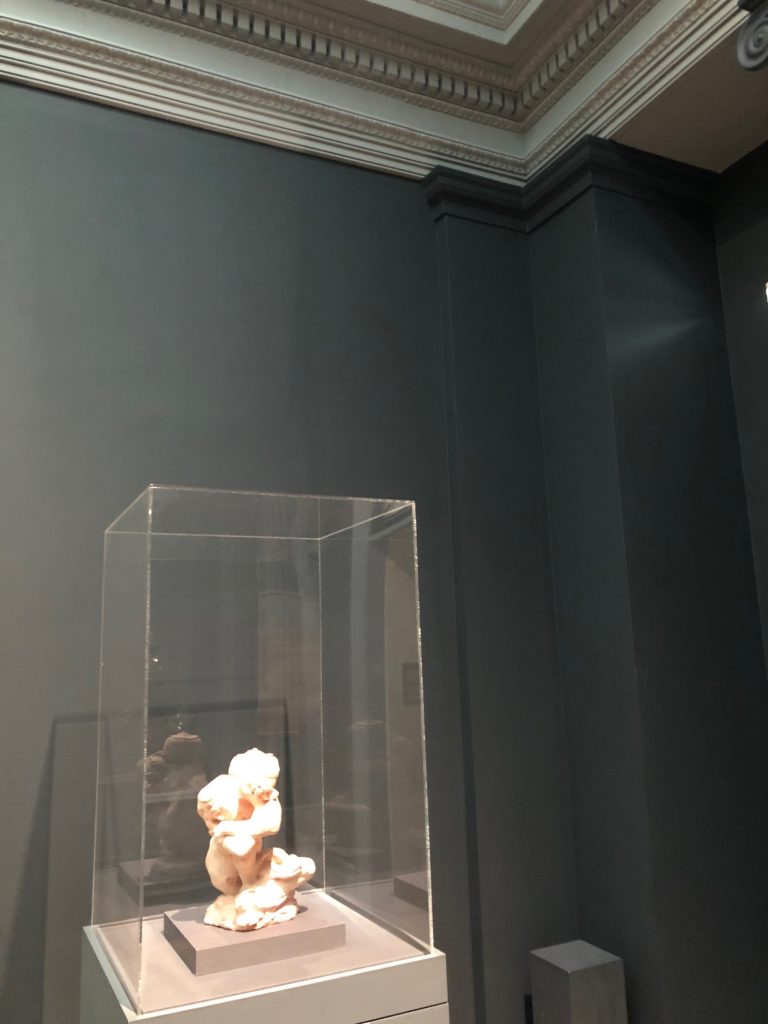 Speaking of painting, the Proposte monocrome, gris has been accepted. I’m not sure I agree with the choice, but it was really out of my hands.
Speaking of painting, the Proposte monocrome, gris has been accepted. I’m not sure I agree with the choice, but it was really out of my hands.